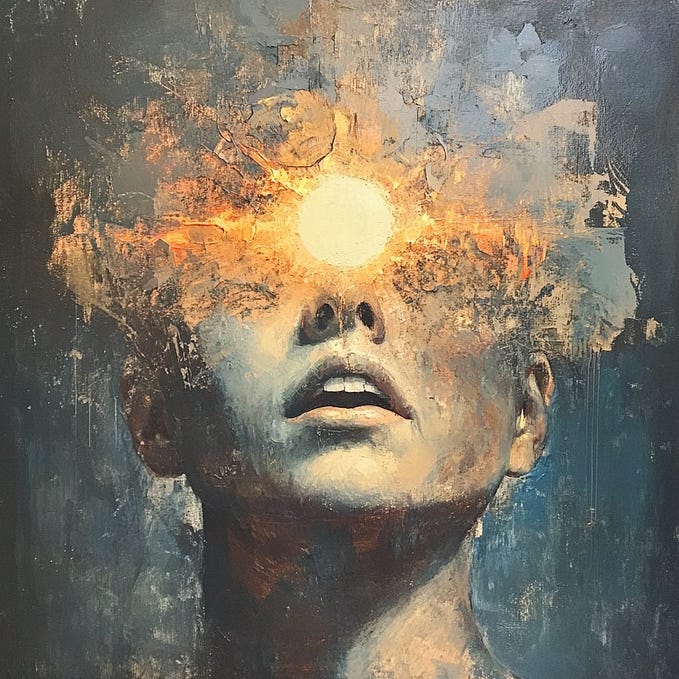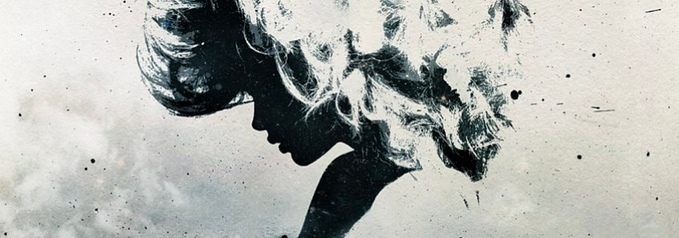Living with depression and anxiety: Part One of many

I had my first panic attack when I was 9 years old. I remember it very vividly because I thought I was going to die. My chest tightened up, I lost my breath, and I fell to the floor. I couldn’t scream or yell for help because I was suffocating, so I started banging on my bedroom floor in desperation and I might have even thrown something. Luckily, my mom was in the room next to me and was able to help me catch my breath before I blacked out.
I couldn’t even tell you what caused it. Knowing how I was at that age, I was probably stressed out over a school test. Whatever it was, it manifested itself in a way that was terrifying.
Mental health has always been a topic I hold close to my heart, and I only recently started becoming comfortable sharing my experiences on social media. Even writing this article now, I feel a gnawing pain in my stomach that tells me I’m not completely ready to just go ahead and share my full story. But I can share pieces of it, and each time I do I feel a sense of relief to not be holding so much of it inside. As if saying it out loud makes it seem less scary.
That night on my bedroom floor was my first panic attack and certainly wasn’t my last. As I grew up, it became a habit — unfortunately, like spraining an ankle or injuring your back, once you have your first panic attack you’re most likely going to have a second. Deep breathing, sitting with my dog and letting myself go through the motions became how I dealt with these attacks for a long time, however, I didn’t seek professional help for my mental health until after I graduated from university.

Looking back and given the knowledge I’ve received now from my therapist, I realize that the anxiety and depression that I felt growing up was often passed off as teenage angst. Being “hormonal” is common rhetoric used against teenagers who are in pain, and it’s a dangerous one. I see now that being curled up in a ball most nights, holding my stomach as if it’s going to fall apart and wishing everything would stop was not hormones. It was generalized anxiety. I still do the exact same thing to this day, the only difference is I have a clear explanation for it — something that was provided to me by my family doctor.
A lot of things happened in between my teen years and mid-twenties that led up to me reaching out for help and being diagnosed with major depressive disorder. Many of these things I’m not yet ready to share publicly, and I’m not sure if I ever will be, but I can certainly share that I had reached a very dark moment of desperation before I finally asked for help. I remember sitting in my doctor’s office, barely audible, and she looked at me and said: “Let me help you.”
Asking for help is so much easier said than done. What led me to take that step was the people in my life who normalized mental illness and stood by me even in my worst moments. And I think that’s a big reason why I feel the need to share what I can about these experiences — because normalizing the plight of mental illness and everything it entails is the most important thing we can do to help. Again, it’s difficult for me to write this because I don’t have a solid solution or cure, and I still often struggle — some days I have full control, some days I’m barely hanging on, and some days I just let it all go. I predict it’s going to take a lifetime of highs and lows. In the meantime, even if just one person reads this and can feel less alone, writing this post was worth it.
If you’d like to see more snippets of my experiences with mental health, feel free to follow me on Instagram.








